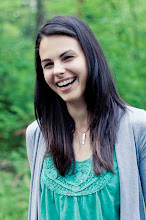With the holidays approaching, we decided to make nature print decorations. We collected leaves, branches, rocks, chestnuts and other nature objects from the forest to create nature print ornaments.
The children picked different leaves and used a roller to imprint them onto their piece of clay.
Picking and mixing colours to paint their ornaments once they dried was a very easy task. Using their knowledge, the children created tint colours to paint the top part and shades to paint the edge. The children noticed that by painting the edge darker, the colour on top stands out.
Happy Holidays,
Anamaria and the Wind Group!






















































